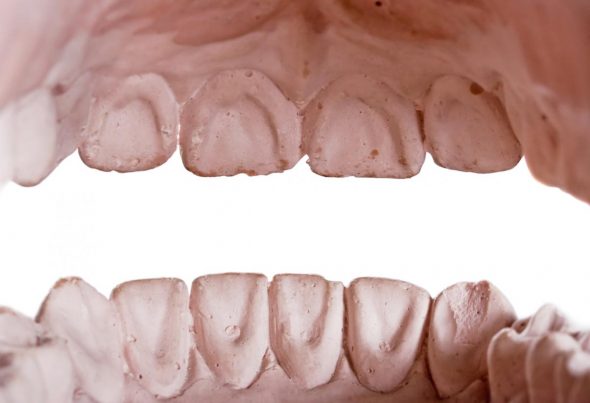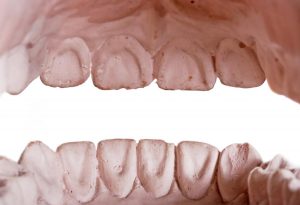
Ethyl acrylate – toxicity, side effects, diseases and environmental impacts
Tuesday, December 05, 2017 by Zoey Sky
http://www.naturalpedia.com/ethylacrylate-toxicity-side-effects-diseases-and-environmental-impacts.html

Ethyl acrylate is the ethyl ester of acrylic acid, and it appears as a colorless liquid with an acrid odor. Ethyl acrylate is a substance used in the production of polymers such as resins, plastics, rubber, and denture material.
In 2000, the U.S. government removed ethyl acrylate from its list of potential cancer-causing agents. Ethyl acrylate induces tumors in animals. However, this only occurs when the chemical is given by mouth at very high concentrations, causing severe persistent injury to the stomach. Comparable “significant chronic human oral exposure to (comparably) high concentrations of ethyl acrylate” was deemed by the government to be “unlikely.”
Ethyl acrylate’s trade names and identifiers include:
- 140-88-5
- Acrylic acid ethyl ester
- Ethyl propenoate
- ethyl prop-2-enoate
- 2-Propenoic acid, ethyl ester
- Ethyl 2-propenoate
- Ethylacrylaat
- Ethylakrylat
- Etil acrilato
- Acrylic acid, ethyl ester
- Aethylacrylat
- Etilacrilatului
- Carboset 511
- Akrylanem etylu
- Ethoxycarbonylethylene
- Ethyl acrylate, inhibited
- Acrylate d’ethyleEthylacrylate
- Polyethylacrylate

List of known side effects
Ethyl acrylate is a highly flammable liquid and vapor. It is harmful if swallowed. Ethyl acrylate can cause skin irritation and it may cause an allergic skin reaction.
Ethyl acrylate causes serious eye irritation and it is toxic if inhaled. It may cause respiratory irritation. Ethyl acrylate is harmful to aquatic life, with long-lasting effects.
Exposure to ethyl acrylate is primarily occupational. Acute or short-term exposure of workers to ethyl acrylate vapors can cause drowsiness, lethargy, headache, nausea, convulsions, and respiratory and gastrointestinal irritation.
Body systems affected by ethyl acrylate
Ethyl acrylate’s target organs include the eyes, skin and the respiratory system.
Noncancerous lesions and inflammation of the nasal mucosa and depressed body weight gain have been observed in rats and mice exposed by inhalation for a chronic or long-term duration.
Human studies on occupational exposure to ethyl acrylate/methyl methacrylate indicate a relationship between exposure to the chemical(s) and colorectal cancer. However, the evidence is conflicting and inconclusive.
Items that can contain ethyl acrylate
Dut to ethyl acrylate’s production and use in the manufacture water emulsion paint vehicles and in the production of emulsion-based polymers used in textile and paper coatings, leather finish resins, and adhesives, it can possibly be released to the environment through various waste streams.
How to avoid ethyl acrylate
The National Institute of Occupational Safety and Health (NIOSH) (NOES Survey 1981-1983) has statistically estimated that 44,604 workers (7,205 females) were potentially exposed to ethyl acrylate in the U.S. Occupational exposure to ethyl acrylate may occur via inhalation and dermal contact with this compound at workplaces where ethyl acrylate is produced or used. Monitoring data showed that the general population may be exposed to ethyl acrylate via “inhalation of ambient air, ingestion of certain foods, and dermal contact with this compound or other products containing ethyl acrylate.”
Always wear proper protective gear when handling ethyl acrylate.
- Eyes – Wear appropriate eye protection to prevent eye contact.
- Skin – Wear appropriate personal protective clothing to prevent skin contact. The worker should immediately wash the skin if it is contaminated. Work clothing that becomes wet must be removed immediately because of ethyl acrylate’s flammability hazard. There is no recommendation made specifying the need for the worker to change clothing after the work shift.
- Other – Eyewash fountains should be provided in areas where there is any possibility that workers could be exposed to the substance; this is regardless of the recommendation involving the wearing of eye protection. Facilities for quickly drenching the body should be accessible within the immediate work area for emergency use where there is a possibility of exposure.
Where to learn more
Summary
Ethyl acrylate is the ethyl ester of acrylic acid.
Ethyl acrylate is used in the production of polymers such as resins, plastics, rubber and denture material.
Exposure to ethyl acrylate is primarily occupational.
Ethyl acrylate’s target organs include the eyes, skin, and the respiratory system.
Sources include:
Tagged Under: Tags: Ethyl Acrylate





